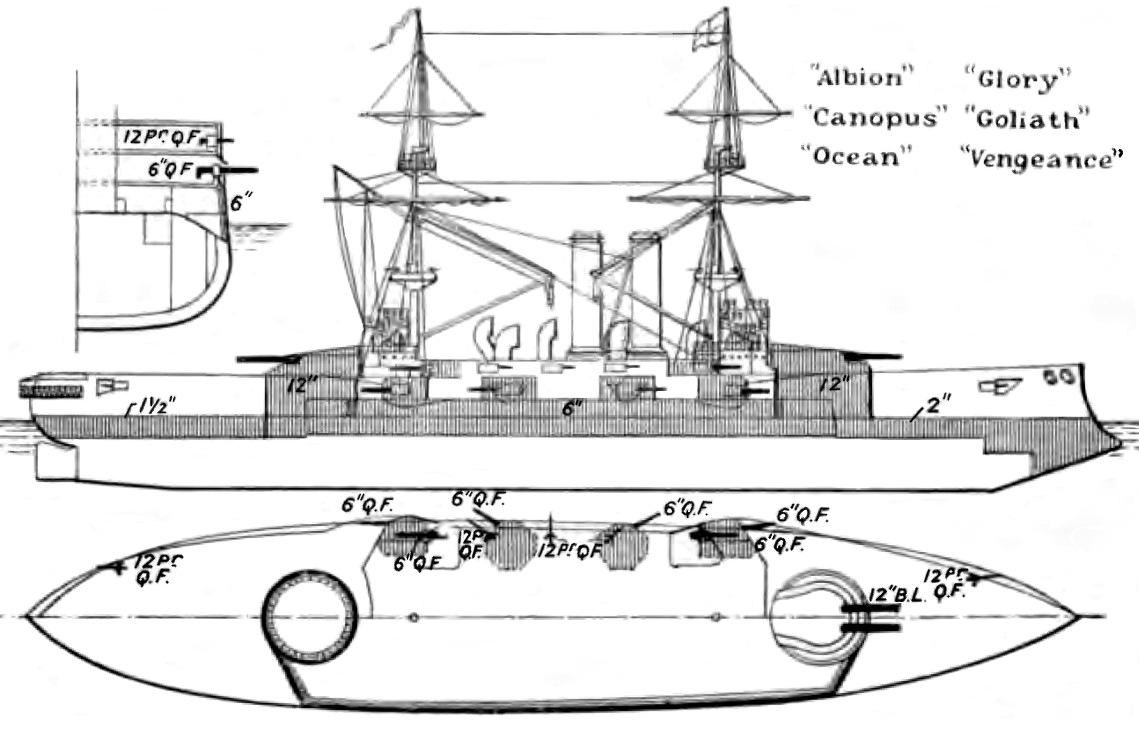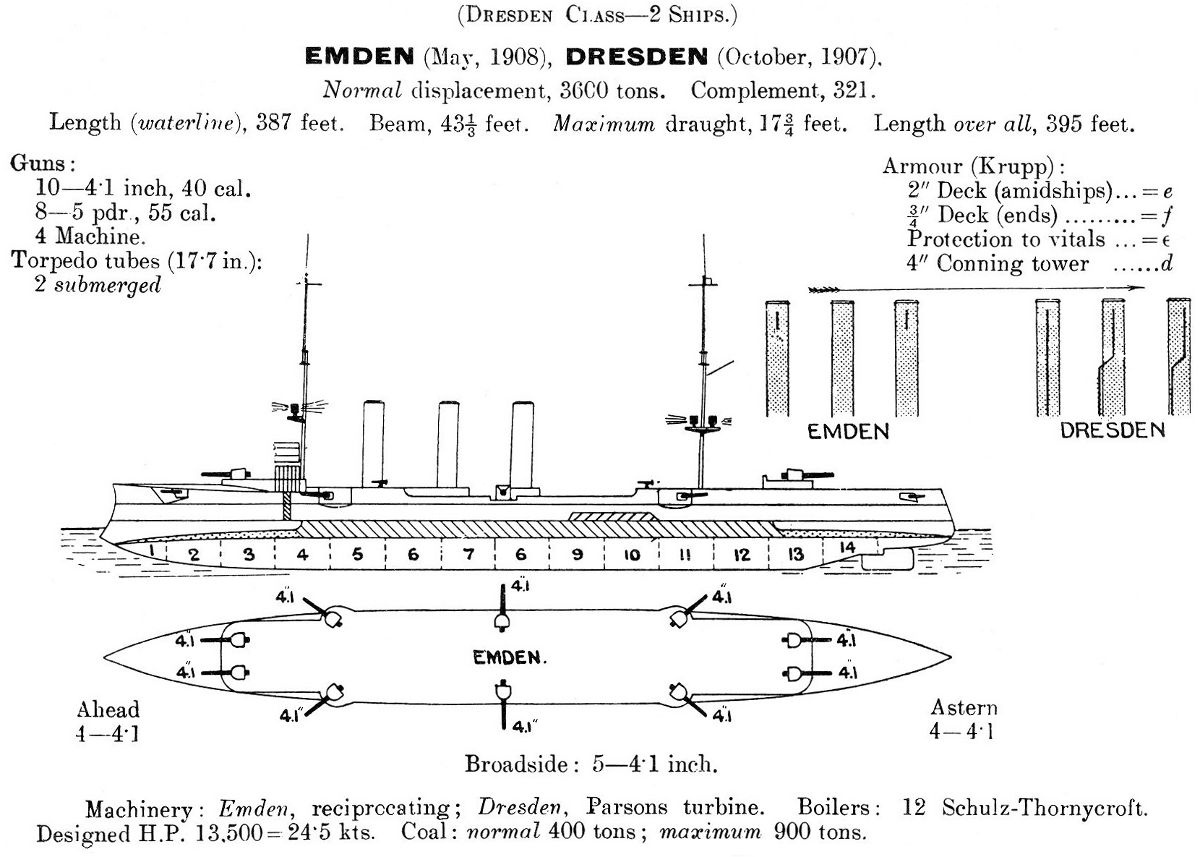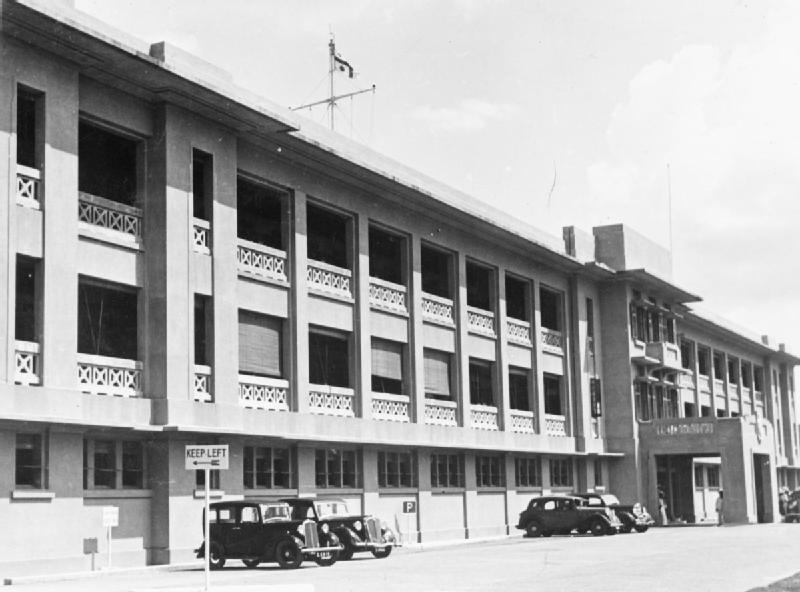|
HMS Usk (1903)
HMS ''Usk'' was a Yarrow type River Class destroyer ordered by the Royal Navy under the 1901 – 1902 Naval Estimates. Named after the River Usk in Wales flowing through Newport, she was the first ship to carry this name in the Royal Navy. Construction She was laid down on 30 July 1902, at the Yarrow shipyard at Poplar, and launched on 25 July 1903. She was completed in March 1904. Her original armament was to be the same as the Turleback torpedo boat destroyers that preceded her. In 1906, the Admiralty decided to upgrade the armament by landing the five six-pounder naval guns and shipping three 12-pounder eight hundredweight (cwt) guns. Two would be mounted abeam at the foc'sle break and the third gun would be mounted on the quarterdeck. Pre-war After commissioning, she was assigned to the East Coast Destroyer Flotilla of the 1st Fleet and based at Harwich. On 27 April 1908, the Eastern Flotilla departed Harwich for live fire and night manoeuvres. During these ex ... [...More Info...] [...Related Items...] OR: [Wikipedia] [Google] [Baidu] |
Naval Ensign Of The United Kingdom
The White Ensign, at one time called the St George's Ensign due to the simultaneous existence of a cross-less version of the flag, is an ensign worn on British Royal Navy ships and shore establishments. It consists of a red St George's Cross on a white field, identical to the flag of England except with the Union Flag in the upper canton. The White Ensign is also worn by yachts of members of the Royal Yacht Squadron and by ships of Trinity House escorting the reigning monarch. In addition to the United Kingdom, several other nations have variants of the White Ensign with their own national flags in the canton, with the St George's Cross sometimes being replaced by a naval badge omitting the cross altogether. Yachts of the Royal Irish Yacht Club wear a white ensign with an Irish tricolour in the first quadrant and defaced by the crowned harp from the Heraldic Badge of Ireland. The Flag of the British Antarctic Territory and the Commissioners' flag of the Northern Lighthouse Bo ... [...More Info...] [...Related Items...] OR: [Wikipedia] [Google] [Baidu] |
5th Destroyer Flotilla
The British 5th Destroyer Flotilla, or Fifth Destroyer Flotilla, was a naval formation of the Royal Navy The Royal Navy (RN) is the United Kingdom's naval warfare force. Although warships were used by English and Scottish kings from the early medieval period, the first major maritime engagements were fought in the Hundred Years' War against F ... from 1910 to 1942 and again from 1947 to 1951. History The flotilla was formed in February 1910 and disbanded in 1942. Its first commander was Captain Herbert E. Holmes-à-Court and its final commander was Captain Llewellyn V. Morgan. The flotilla was reactivated in March 1947 until December 1951. In January 1952 it was re-designated 5th Destroyer Squadron. Organizational Changes Note: Command structure organizational changes took place within Royal Navy post war period the term Flotilla was previously applied to a tactical unit until 1951 which led to the creation of three specific Flag Officers, Flotillas responsible for t ... [...More Info...] [...Related Items...] OR: [Wikipedia] [Google] [Baidu] |
Morecambe
Morecambe ( ) is a seaside town and civil parish in the City of Lancaster district in Lancashire, England. It is in Morecambe Bay on the Irish Sea. Name The first use of the name was by John Whitaker in his ''History of Manchester'' (1771), when he refers to the "æstury of Moricambe". It next appears four years later in ''Antiquities of Furness'', where the bay is described as "the Bay of Morecambe". That name is derived from the Roman name ''Moriancabris Æsturis'' shown on maps prepared for them by ''Claudius Ptolemœus'' (Ptolemy) from his original Greek maps. At this distance in time it is impossible to say if the name was originally derived from an earlier language (e.g. Celtic language) or from Greek. The Latin version describes the fourth inlet north from Wales on the west coast of England as Moriancabris Æsturis. Translated, this gives a more accurate description than the present name of Morecambe Bay as the Latin refers to multiple estuaries on a curved sea, not a ... [...More Info...] [...Related Items...] OR: [Wikipedia] [Google] [Baidu] |
HMS Canopus (1897)
HMS ''Canopus'' was a pre-dreadnought battleship of the British Royal Navy and the lead ship of the . Intended for service in Asia, ''Canopus'' and her sister ships were smaller and faster than the preceding s, but retained the same battery of four guns. She also carried thinner armour, but incorporated new Krupp steel, which was more effective than the Harvey armour used in the ''Majestic''s. ''Canopus'' was laid down in January 1897, launched in October that year, and commissioned into the fleet in December 1899. ''Canopus'' served in the Mediterranean Fleet upon commissioning until 1903, when she was decommissioned for refitting. In 1905, she was sent to East Asia, but the renewal of the Anglo-Japanese Alliance that year rendered her presence in Asian waters unnecessary. She instead returned to Britain and served with several fleet commands in British waters, including the Atlantic Fleet, the Channel Fleet, and finally the Home Fleet. Another short deployment to th ... [...More Info...] [...Related Items...] OR: [Wikipedia] [Google] [Baidu] |
SMS Emden (1908)
SMS ''Emden'' ("His Majesty's Ship ''Emden''") was the second and final member of the of light cruisers built for the Imperial German Navy (''Kaiserliche Marine''). Named for the town of Emden, she was laid down at the ''Kaiserliche Werft'' (Imperial Dockyard) in Danzig in 1906. The hull was launched in May 1908, and completed in July 1909. She had one sister ship, . Like the preceding cruisers, ''Emden'' was armed with ten guns and two torpedo tubes. ''Emden'' spent the majority of her career overseas in the German East Asia Squadron, based in Tsingtao, in the Kiautschou Bay concession in China. In 1913, Karl von Müller took command of the ship. At the outbreak of World War I, ''Emden'' captured a Russian steamer and converted her into the commerce raider . ''Emden'' rejoined the East Asia Squadron, then was detached for independent raiding in the Indian Ocean. The cruiser spent nearly two months operating in the region, and captured nearly two dozen ships. On 28 Octobe ... [...More Info...] [...Related Items...] OR: [Wikipedia] [Google] [Baidu] |
HMS Triumph (1903)
HMS ''Triumph'', originally known as ''Libertad'', was the second of the two pre-dreadnought battleships of the Royal Navy. The ship was ordered by the Chilean Navy, but she was purchased by the United Kingdom as part of ending the Argentine–Chilean naval arms race. ''Triumph'' was initially assigned to the Home Fleet and Channel Fleets before being transferred to the Mediterranean Fleet in 1909. The ship briefly rejoined the Home Fleet in 1912 before she was transferred abroad to the China Station in 1913. ''Triumph'' participated in the hunt for the German East Asia Squadron of Maximilian Graf von Spee and in the campaign against the German colony at Tsingtao, China early in World War I. The ship was transferred to the Mediterranean in early 1915 to participate in the Dardanelles Campaign against the Ottoman Empire. She was torpedoed and sunk off Gaba Tepe by the German submarine on 25 May 1915. Design and description ''Triumph'' was ordered by Chile, with the name ... [...More Info...] [...Related Items...] OR: [Wikipedia] [Google] [Baidu] |
China Station
The Commander-in-Chief, China was the admiral in command of what was usually known as the China Station, at once both a British Royal Navy naval formation and its admiral in command. It was created in 1865 and deactivated in 1941. From 1831 to 1865, the East Indies Station and the China Station were a single command known as the East Indies and China Station. The China Station, established in 1865, had as its area of responsibility the coasts of China and its navigable rivers, the western part of the Pacific Ocean, and the waters around the Dutch East Indies. The navy often co-operated with British commercial interests in this area. The formation had bases at Singapore (Singapore Naval Base), HMS ''Tamar'' (1865–1941 and 1945–1997) in Hong Kong and Wei Hai (at Liugong Island) (1898–1940). The China Station complement usually consisted of several older light cruisers and destroyers, and the Chinese rivers were patrolled by a flotilla of suitable, shallow-draught gunboats, ... [...More Info...] [...Related Items...] OR: [Wikipedia] [Google] [Baidu] |
Harwich
Harwich is a town in Essex, England, and one of the Haven ports on the North Sea coast. It is in the Tendring district. Nearby places include Felixstowe to the north-east, Ipswich to the north-west, Colchester to the south-west and Clacton-on-Sea to the south. It is the northernmost coastal town in Essex. Its position on the estuaries of the Stour and Orwell rivers, with its usefulness to mariners as the only safe anchorage between the Thames and the Humber, led to a long period of civil and military maritime significance. The town became a naval base in 1657 and was heavily fortified, with Harwich Redoubt, Beacon Hill Battery, and Bath Side Battery. Harwich is the likely launch point of the ''Mayflower'', which carried English Puritans to North America, and is the presumed birthplace of ''Mayflower'' captain Christopher Jones. Harwich today is contiguous with Dovercourt and the two, along with Parkeston, are often referred to collectively as ''Harwich''. History The tow ... [...More Info...] [...Related Items...] OR: [Wikipedia] [Google] [Baidu] |
Poplar, London
Poplar is a district in East London, England, the administrative centre of the London Borough of Tower Hamlets, borough of Tower Hamlets. Five miles (8 km) east of Charing Cross, it is part of the East End of London, East End. It is identified as a major district centre in the London Plan, with its district centre being Chrisp Street Market, a significant commercial and retail centre surrounded by extensive residential development. Poplar includes Poplar Baths, Blackwall Yard and Trinity Buoy Wharf and the locality of Blackwall, London, Blackwall. Originally part of the Stepney#Manor and Ancient Parish, Manor and Ancient Parish of Stepney, the ''Hamlet of Poplar'' had become an autonomous area of Stepney by the 17th century, and an independent parish in 1817. The Hamlet and Parish of Poplar included Blackwall, London, Blackwall and the Isle of Dogs. After a series of mergers, Poplar became part of the London Borough of Tower Hamlets in 1965. History Origin and administrati ... [...More Info...] [...Related Items...] OR: [Wikipedia] [Google] [Baidu] |
Newport, Wales
Newport ( cy, Casnewydd; ) is a city and Local government in Wales#Principal areas, county borough in Wales, situated on the River Usk close to its confluence with the Severn Estuary, northeast of Cardiff. With a population of 145,700 at the 2011 census, Newport is the third-largest authority with City status in the United Kingdom, city status in Wales, and seventh List of Welsh principal areas, most populous overall. Newport became a unitary authority in 1996 and forms part of the Cardiff-Newport metropolitan area. Newport was the site of the last large-scale armed insurrection in Great Britain, the Newport Rising of 1839. Newport has been a port since medieval times when the first Newport Castle was built by the Normans. The town outgrew the earlier Roman Britain, Roman town of Caerleon, immediately upstream and now part of the borough. Newport gained its first Municipal charter, charter in 1314. It grew significantly in the 19th century when its port became the focus of Coa ... [...More Info...] [...Related Items...] OR: [Wikipedia] [Google] [Baidu] |
River Usk
The River Usk (; cy, Afon Wysg) rises on the northern slopes of the Black Mountain (''y Mynydd Du''), Wales, in the westernmost part of the Brecon Beacons National Park. Initially forming the boundary between Carmarthenshire and Powys, it flows north into Usk Reservoir, then east by Sennybridge to Brecon before turning southeast to flow by Talybont-on-Usk, Crickhowell and Abergavenny after which it takes a more southerly course. Beyond the eponymous town of Usk it passes the Roman legionary fortress of Caerleon to flow through the heart of the city of Newport and into the Severn Estuary at Uskmouth beyond Newport near the Newport Wetlands. The river is about long. The Monmouthshire and Brecon Canal follows the Usk for most of the length of the canal. Etymology The name of the river derives from a Common Brittonic word meaning "abounding in fish" (or possibly "water"), this root also appears in other British river names such as Exe, Axe, Esk and other variants. The nam ... [...More Info...] [...Related Items...] OR: [Wikipedia] [Google] [Baidu] |
World War I
World War I (28 July 1914 11 November 1918), often abbreviated as WWI, was one of the deadliest global conflicts in history. Belligerents included much of Europe, the Russian Empire, the United States, and the Ottoman Empire, with fighting occurring throughout Europe, the Middle East, Africa, the Pacific, and parts of Asia. An estimated 9 million soldiers were killed in combat, plus another 23 million wounded, while 5 million civilians died as a result of military action, hunger, and disease. Millions more died in genocides within the Ottoman Empire and in the 1918 influenza pandemic, which was exacerbated by the movement of combatants during the war. Prior to 1914, the European great powers were divided between the Triple Entente (comprising France, Russia, and Britain) and the Triple Alliance (containing Germany, Austria-Hungary, and Italy). Tensions in the Balkans came to a head on 28 June 1914, following the assassination of Archduke Franz Ferdin ... [...More Info...] [...Related Items...] OR: [Wikipedia] [Google] [Baidu] |




_as_completed_January_1904.jpg)




